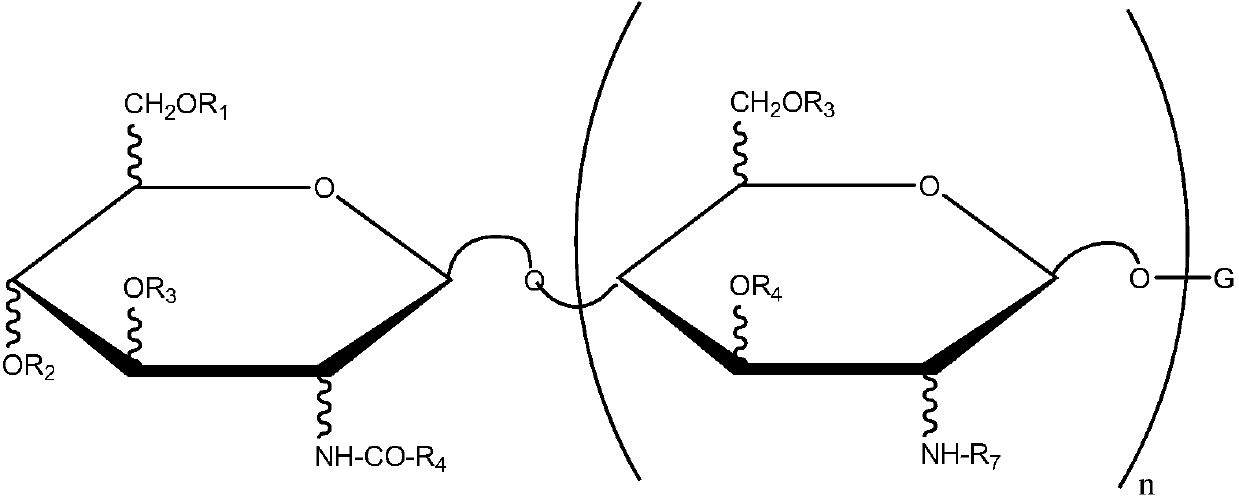Compositions and methods for treating pests
A technology for killing harmful organisms and organisms, applied in the direction of chemicals for biological control, botany equipment and methods, biocides, etc., which can solve problems such as phytotoxicity
- Summary
- Abstract
- Description
- Claims
- Application Information
AI Technical Summary
Problems solved by technology
Method used
Image
Examples
example 1
[0366] Example 1. Biopesticide formulations
[0367] Materials & Methods:
[0368] Paraffin oil:
[0369] 6N
[0370] Fumed silica:
[0371] M-5
[0372] TS-720
[0373] Polyoxyethylene (40) sorbitan hexaoleate:
[0374] G-1086
[0375] Sorbitan Monostearate:
[0376] 60
[0377] Sorbitan Monooleate:
[0378] 80
[0379] Modified Styrene Acrylic Polymers:
[0380] 550S
[0381] Fungal Pesticides (Spores):
[0382] Spores of Metarhizium anisopliae (also known as Metarhizium brunneum)
[0383] Biopesticide Composition:
[0384] The following biopesticides (ie, compositions) were prepared as follows. Sunspray 6N oil was combined with Cab-O-SilM-5 and mixed using a Waring Commercial Laboratory Blender at high speed for 3 minutes. The resulting liquid was divided by pouring 100 mL into separate Ball mason jar carafes. Immediately add the remaining ingredients and mix for 2 minutes. Pour into 250 bottles each. Technical grade MET52 spore powder w...
example 2
[0388] Example 2.Span TM 60 added with phytotoxicity
[0389] Prepare as follows with and without Span TM 60 formulations and then tested for their phytotoxicity. The aim was to determine if it was possible to maintain the emulsion properties of the formulation while minimizing phytotoxicity and minimizing the deposition of oil and spore residues on plastic surfaces.
[0390] The formulations given in Table 3 below were prepared as follows: 6N oil with The M-5 was combined and mixed for 3 minutes at high speed using a Waring Commercial Laboratory Blender. The resulting liquid was divided by pouring 100 mL into separate Ball mason jar carafes. Immediately add the remaining ingredients and mix for 2 minutes. Pour into 250 bottles each. Technical grade MET52 spore powder was added to each sample, and each sample was shaken on a Burrerell Wrist-Action Shaker for 10 minutes. Finally, each sample was divided into two 50mL LDPE plastic bottles in preparation for phyto...
example 3
[0399] Example 3.Span TM 60 concentration change
[0400] Prepare Span with increasing concentration as described in Example 2 TM 60 formulation (as described in Table 4).
[0401] Phytotoxicity testing on cucumber was performed and data analyzed as described in Example 2, except that final injury rates were made 8 days after initial application instead of 7 days. The data in Table 4 are a subset of data from a trial including 29 treatments.
[0402] Table 4. Comparison of phytotoxicity on cucumber between different formulations.
[0403]
[0404]
[0405] *All formulations contained 11% by weight of Metarhizium anisopliae spores.
[0406] ** Expressed as a percentage of surfactant composed of Span60.
[0407] The data show that relative to the total anionic surfactant content, the increased Span TM 60 content reduces phytotoxicity. In each formulation tested, the presence of phytotoxicity varied with Span TM The 60 level tends to rise and fall.
PUM
 Login to View More
Login to View More Abstract
Description
Claims
Application Information
 Login to View More
Login to View More - Generate Ideas
- Intellectual Property
- Life Sciences
- Materials
- Tech Scout
- Unparalleled Data Quality
- Higher Quality Content
- 60% Fewer Hallucinations
Browse by: Latest US Patents, China's latest patents, Technical Efficacy Thesaurus, Application Domain, Technology Topic, Popular Technical Reports.
© 2025 PatSnap. All rights reserved.Legal|Privacy policy|Modern Slavery Act Transparency Statement|Sitemap|About US| Contact US: help@patsnap.com



